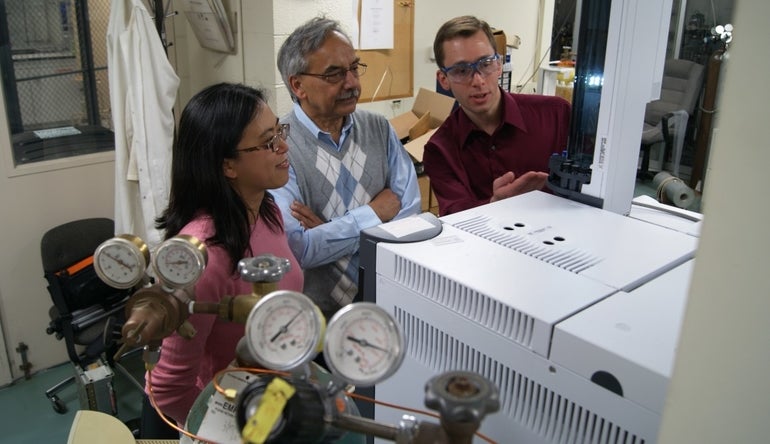A $1-million study by researchers at Worcester Polytechnic Institute on Monday may help make hydrogen fuel cell vehicles more viable.
The study, published in the Journal of the American Institute of Chemical Engineers, demonstrates liquid metal membranes — instead of a palladium membrane — is stronger and most cost effective at separating pure hydrogen from other gases.
According to a press release from WPI, hydrogen fuel cell cars are powered by electricity generated in the fuel cell when hydrogen and oxygen combine. While they can pull oxygen from the air, the vehicles have to have hydrogen on board.
Scientists have focused on bringing the cost of hydrogen down by making better palladium membranes, which increases the rate at which hydrogen moves through it.
However, thin membranes can become too fragile if too thin, so WPI Professor Ravinda Datta and his students began exploring the feasibility of liquid metals. He secured a $1-million award from the U.S. Department of Energy to study his theory.
A membrane made up gallium, silicon carbide and a layer of graphite was constructed and was found to be far more effective than a typical palladium membrane.
Datta said the revelation opened the door to a highly-promising new area of hydrogen energy research.

